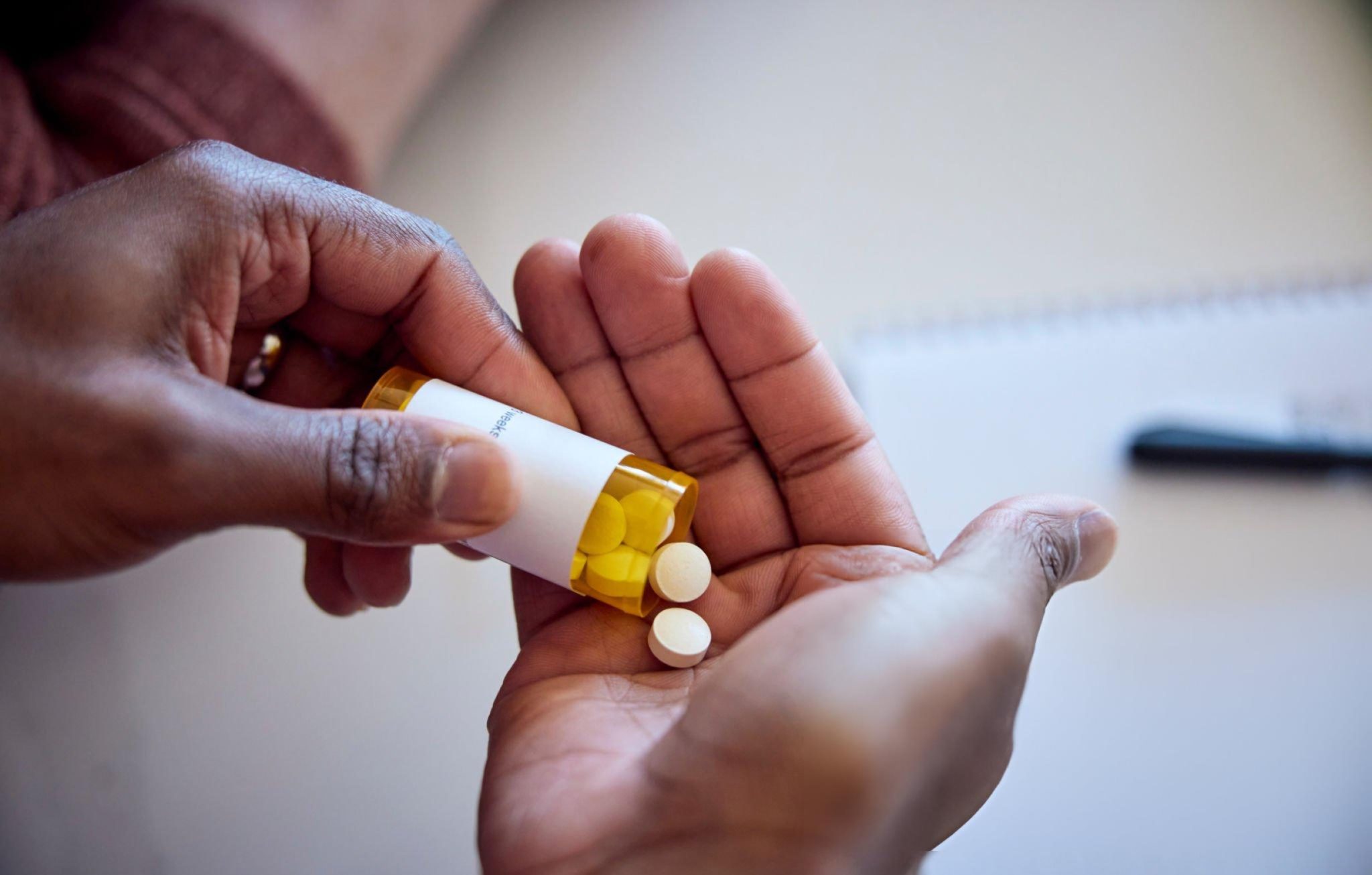How Technology is Revolutionizing Pediatric Cancer Treatment
For children, life is a world full of wonders waiting to be explored. Unfortunately, a cancer diagnosis can disrupt this journey, bringing physical and emotional challenges for young patients and their families. Each year, nearly 400,000 children worldwide are diagnosed with cancer, the most common types being brain tumors, leukemia, lymphoma, and neuroblastoma. While cancer remains the second leading cause of death for children above the age of one, recent advancements in technology are offering hope and improving treatment outcomes.
The challenges associated with pediatric cancer, including delayed diagnosis, limited access to care, and the toxicity of treatments, are being addressed through cutting-edge technology. These innovations are reshaping how pediatric cancer is detected, treated, and managed, giving patients a better chance at survival while reducing the long-term side effects of treatment.
Unveiling the Power of Precision Diagnosis
One of the most critical aspects of pediatric cancer treatment is early and accurate diagnosis. Historically, detecting cancer in children has been difficult because symptoms often mimic those of common childhood illnesses. Additionally, the aggressive nature of many pediatric cancers meant that traditional screening methods, such as X-rays or biopsies, were not always effective. However, technological advancements in imaging and diagnostics have transformed this landscape.
New imaging techniques, including ultrasounds, MRIs, CT scans, PET-CT scans, and bone scans, have improved dramatically in precision. These tools provide clearer, more detailed views of the body, making it easier for doctors to detect anomalies that may be missed by conventional methods. For example, whole-body MRIs are now used in both adult and pediatric cancer patients, offering a comprehensive view of the body without exposing the patient to harmful radiation.
Additionally, genetic testing and molecular diagnostics have emerged as powerful tools for early detection and personalized treatment. By analyzing the genetic mutations in a child’s tumor, doctors can develop more targeted therapies that are tailored to the individual, reducing the need for aggressive treatments like chemotherapy and radiation.
Enhanced Patient-Centric Treatment
Technological advancements have also paved the way for more personalized and less invasive treatment options in pediatric oncology. Precision oncology allows doctors to create tailored treatment plans based on the genetic makeup of a child’s tumor, enabling a more effective and targeted approach.
Another promising development is immunotherapy, specifically CAR-T cell therapy, which reprograms a patient’s immune cells to attack cancer cells. This therapy has shown particular promise in treating certain types of pediatric cancers, such as leukemia. In some cases where tumors become resistant to traditional treatments, combination therapies that include immunotherapy can improve outcomes by targeting the cancer from multiple angles.
Minimally invasive surgeries, including robot-assisted procedures, are also revolutionizing pediatric cancer treatment. These technologies allow surgeons to operate with greater precision and control, reducing the risks associated with traditional surgery. Robot-assisted surgery enhances visualization with 3D models, offers greater range of motion, and results in less blood loss, quicker recovery times, and reduced disfigurement.
Proton therapy, a more advanced form of radiation therapy, is also proving to be a game-changer. This treatment precisely targets cancer cells while sparing healthy tissue, significantly reducing the long-term side effects that are especially harmful to children whose bodies are still developing.
A Holistic Approach to Pediatric Cancer Care
Technology is not only improving diagnosis and treatment, but also providing critical emotional and psychological support for young patients and their families. Dealing with cancer can be overwhelming, especially for children who may not fully understand what they are going through. Virtual reality (VR) and augmented reality (AR) tools are being used to help reduce anxiety during treatments by creating immersive experiences that distract and calm the child.
Telemedicine is another technological advancement making a significant impact. By enabling remote consultations with specialists, telemedicine ensures that children, regardless of their location, can access expert care without the need for frequent hospital visits. Health apps that offer features like medication tracking and appointment reminders are also helping families manage the complexities of cancer treatment more efficiently.
Online support communities and mental health resources are becoming increasingly available, offering emotional support to both children and their families. These platforms provide a space for parents to share experiences and gain comfort, while children can connect with peers going through similar challenges.
Bridging the Gap in Access to Care
While developed countries have seen cure rates for childhood cancer exceed 80%, the situation is more dire in low-income countries, where only 29% have access to essential cancer medications. Ongoing research and technological advancements aim to bridge this gap by making lifesaving treatments more accessible globally. Innovative approaches, such as mobile diagnostic units and telemedicine, are helping bring specialized care to underserved regions, giving children everywhere a better chance at recovery.
A Brighter Future
Technological advancements are changing the face of pediatric cancer treatment, providing hope for a future where every child, no matter where they live, has access to the best possible care. From precision diagnosis to immunotherapy and robotic surgery, these innovations are revolutionizing how pediatric cancer is detected and treated, ensuring more effective outcomes with fewer side effects.
As science continues to progress, we move closer to a world where childhood cancer is no longer a life-threatening disease but a treatable condition with minimal long-term impact, giving every child the chance to live a full and healthy life.







